What is a school?
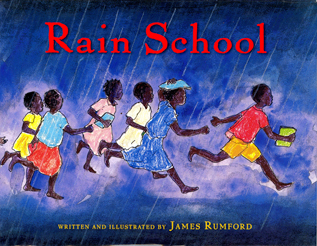
To purchase a copy of Rain School, click here.
For the Spanish edition, La Escuela de Lluvia, click here.
For the French edition, L'École de la Pluie, click here.
School was out. The summer rains had come. In the evenings, when it got cooler, my wife and I would often take walks around the town of Kélo, Chad, where we were Peace Corps volunteers in 1971. One evening, we happened upon the rain-washed ruins of an elementary school. The roof had fallen in. The dirt walls had collapsed, but the mud desks still had some shape to them. Here and there students had bored holes in the sides of their desks for pens or pencils or rulers. Suddenly we realized that come September these ruins would come to life again. Teacher and students would repair the roof and the walls, give the desks a new coat of mud, and, in no time, school would be underway. We were stunned to think how much we had taken for granted back home.
Here is a photo we took of the school.
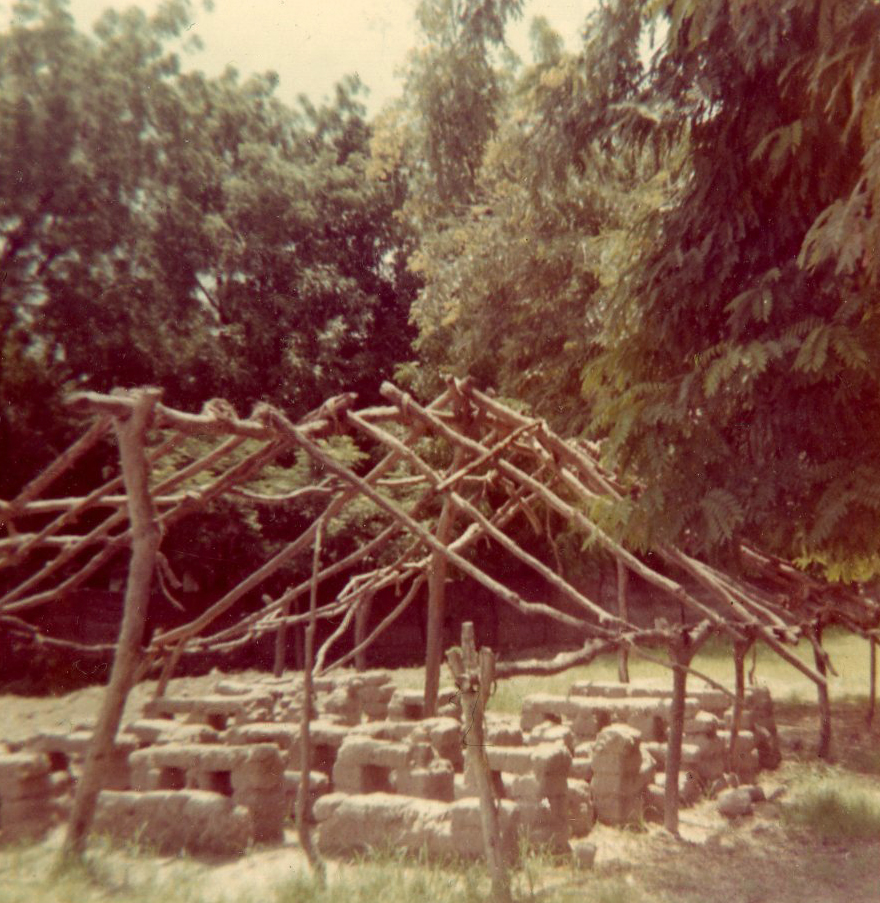
Decades later, I decided to write about that experience. I wanted to give readers today pause for thought, a moment of appreciation for the school down the street and the men and woman who make education so easily available in our country. Then I drew the pictures. I used the ink-and-pastel style I created for A Chuva de Manga (Brinque-Book, 2005), a book about mangoes and creativity, which I published in Brazil, and called on that book's main character, a Chadian boy named Tomás, to "tell" us about his first year at school.
You can read more about Thomas in the English version of A Chuva de Manga by clicking here.
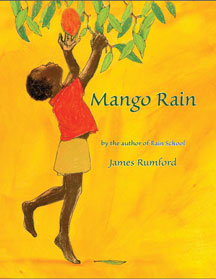

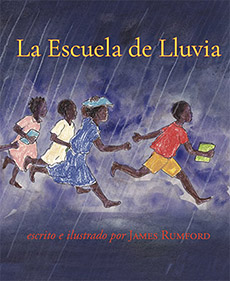 La Escuela de Lluvia
La Escuela de Lluvia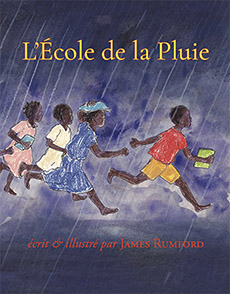 L'École de la Pluie
L'École de la Pluie